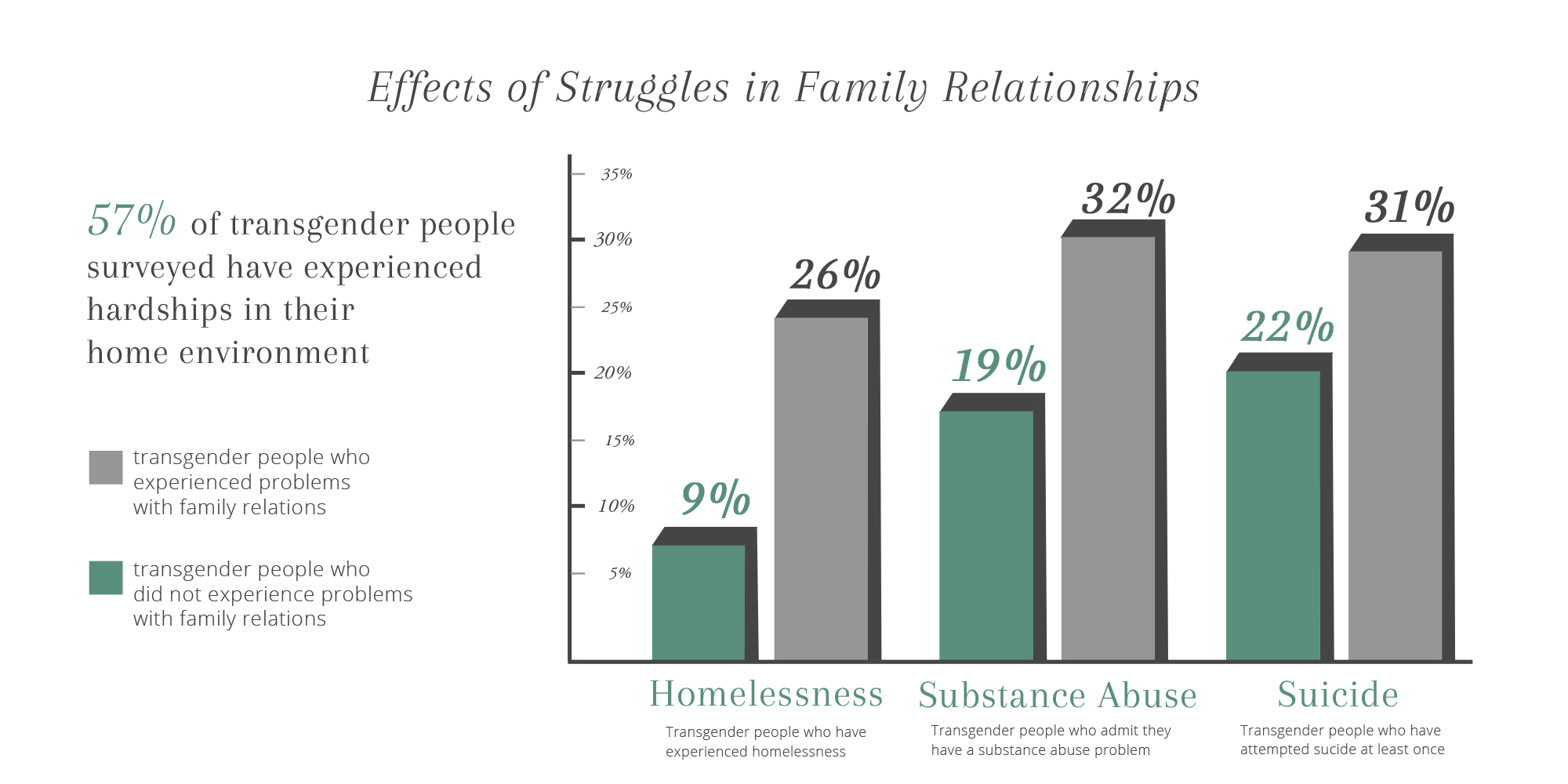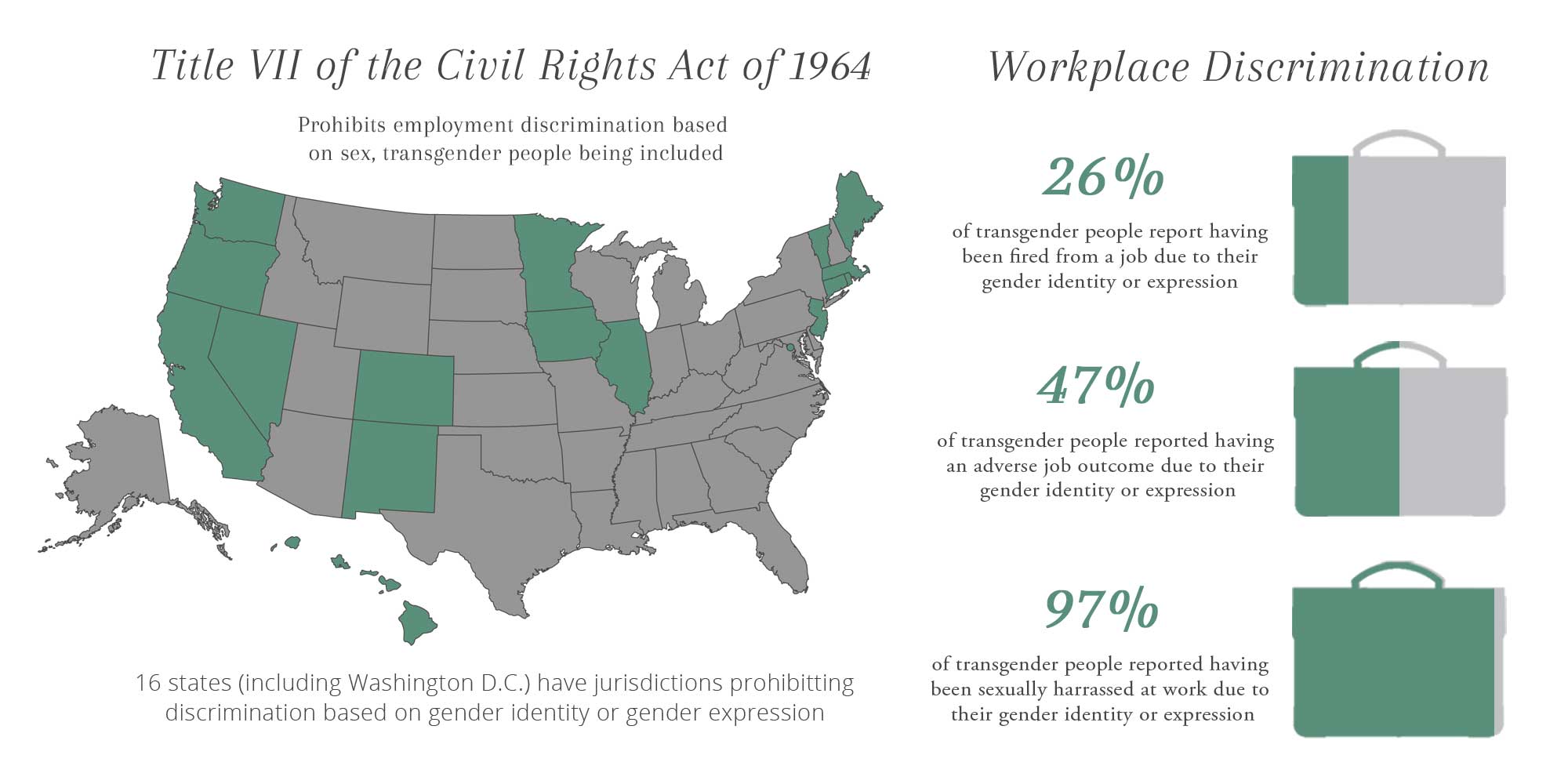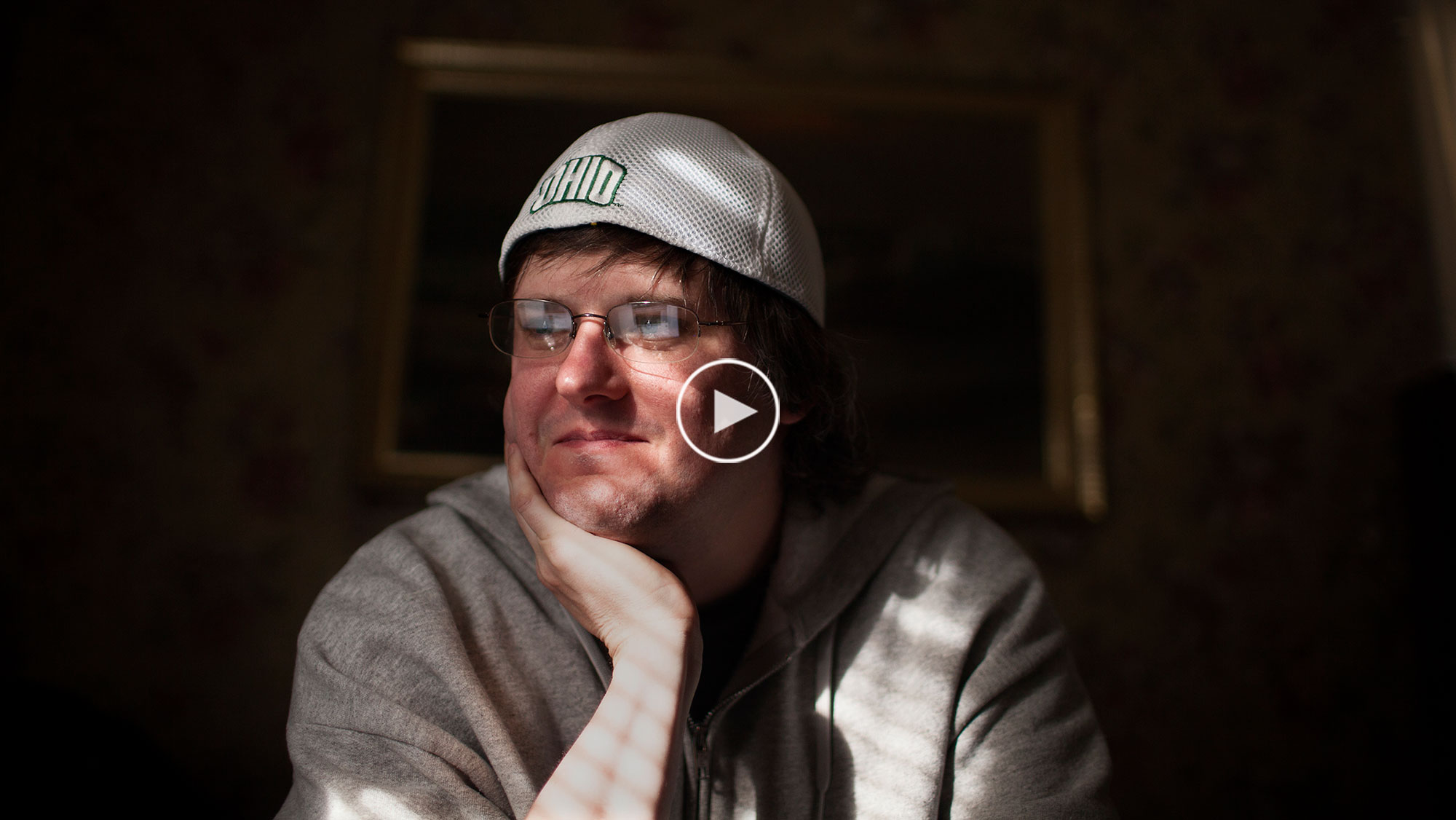
Shane Browning met the love of his life when he was just 16 years old. He shared everything with her. He and Amanda came from the same conservative, small town, got married, and moved to the more cosmopolitan and freer enviers of Columbus, Ohio.
But Shane had a secret, one that he had been too scared to tell anyone, not even his wife of 10 years. That is, until one night when he could not take it any longer.
It was a typical date night, in the car on the way to the movies, that Shane got up the courage to finally let someone else in on his secret. He remembers the conversation in this way:
“Hey, I gotta talk to you about something,” he said, nervous.
“Oh,” said Amanda. “What’s going on?”
“Hey…um …I…uh … I’m a girl.”
“What are you talking about?” Amanda asked. “You’re not a girl.”
“Well, I want to change my appearance to represent how I feel,” Shane answered. And then he told his wife what he hadn’t told anybody for most of his life.
Rewind
“When I was little, eight, nine, ten years old, I knew something was up,” Allie Browning, formerly referred to as Shane, now 31 years old, wearing loose-fitting jeans, a T-shirt and a baseball cap, says. “I would buy makeup and I would have clothes I would stash away. When no one was in the house, I would put on my makeup—it looked like shit; I was ten. I didn’t really have the mental capacity to know what was going on, but I knew—this is happy.”
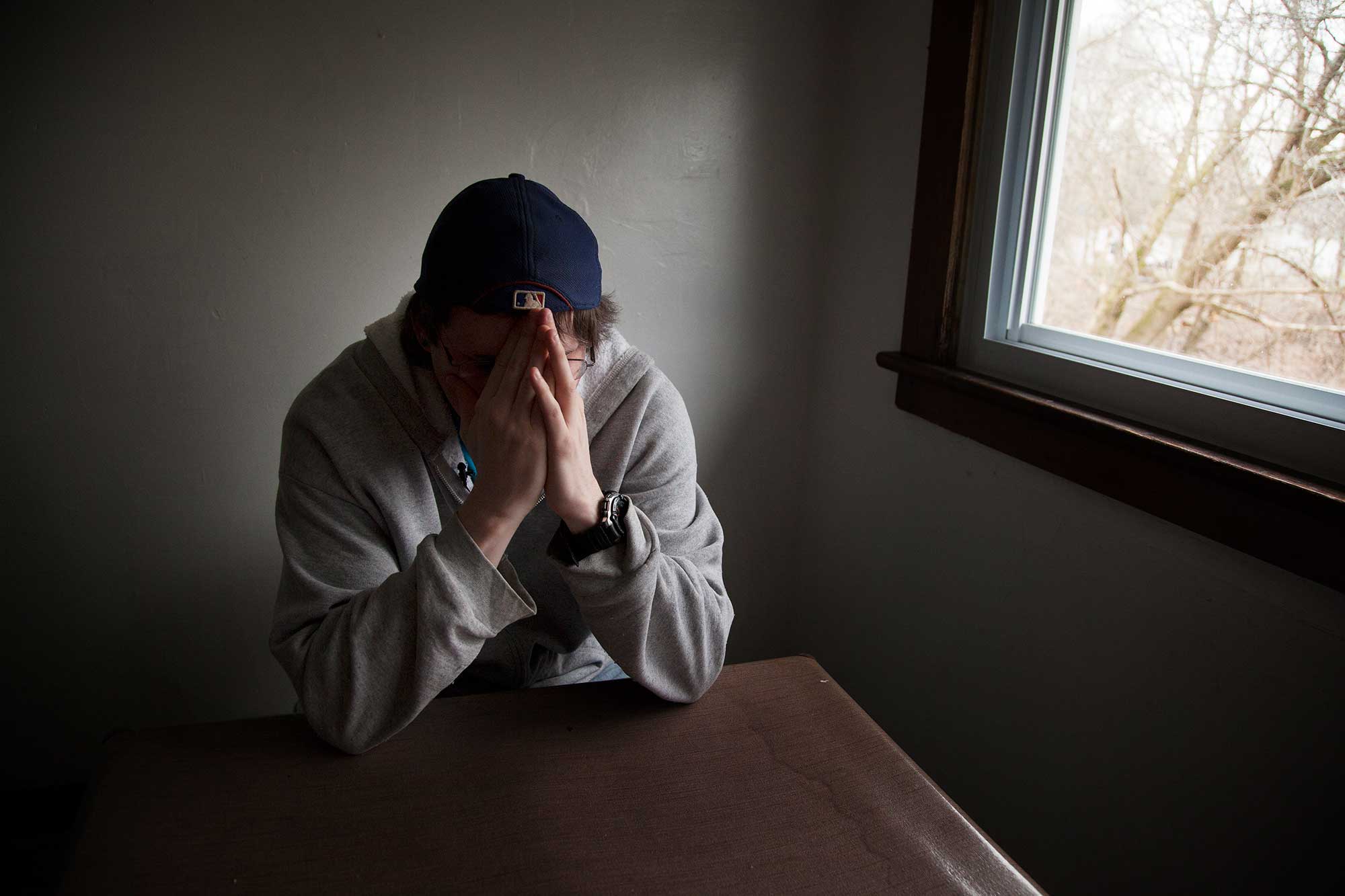
Allie struggles deeply with her sense of identity, as well as feelings of abandonment stemming from the loss of her marriage and childhood sexual abuse. She remains hopeful that transitioning genders will allow her to be the person she feels she is inside. Here, she breaks down in the house where she is being interviewed after talking about her marriage.
A devastating act shattered the child’s clandestine happiness.
A family friend came over unannounced and caught the child wearing a dress and with makeup inexpertly smeared on his face.
“What are you doing?” the family friend asked.
“I’m a girl,” the child answered.
“If you’re a girl, I will treat you like a girl,” the friend said.
The act that followed halted Shane’s hazy illusions of life as a girl.
“This haunts me to no end,” Allie says now. “He raped me.”
After that, Shane did whatever he could to not be a girl, thinking, if this is what happens to girls, I don’t know what I am but I know I don’t want to be this. This catapulted him into the ardent cultivation of the “character of Shane”—a macho kid who played sports—a bully.
“I would always be watching TV and get on the Internet when I was a kid, and always look for how to evolve me,” Allie says now. “Even when I was in college, I would watch movies and see the frat guys, so all I did was drink beer, fight. I hated every second of it. Oh my God, I would just come home and cry.”
Regardless of the sexual abuse at the hands of the family friend that recurred even after the initial incident, Shane, now Allie, could not shake the feeling that she had been born into the wrong body.
Change of Direction
As a 16-year-old high school student, Shane Browning made a promise to himself. He would wait two years, graduate and move to a place where nobody knew his name or his face. And then he would shed the name and character of “Shane” along with male pronouns, mannerisms, privileges and way of life. He would turn in all that, as Allie now puts it, to “change the physical to match the mental.”
But all that changed when he met Amanda, who would become his wife, that same year.
“Love is kind of weird,” Allie reflects now. “You fall in love and don’t really care too much about yourself. All you want to do is make this other person happy. That was my main goal then. It wasn’t about the transition. I [thought] I could just play the act forever, as long as I had her.
“It turns out I couldn’t.”
So instead of embarking on the originally planned transition of living as a male to going through life as female, Shane set out on a different type of transition—that of dating and eventually marrying the girl he loved. A transition from the path of doing what he felt he needed, of doing what was right for himself, to devoting himself and being someone Amanda could be with.
“I didn’t care at all about myself,” Allie says now. “It was all about Amanda.”
The Decision
From the time he was a kid dressing up in girls’ clothes to the time that Shane was the 16-year-old high school kid dating a girl he really liked to the time he was a 30-year-old man who had been married to that same girl for a decade, he was never truly “he.”
This unspoken knowledge, hidden throughout the course of a lifetime had led Shane—who knew, without a doubt, that “he” was actually “she”—to suicide attempts. After the sixth attempt over the course of his marriage, brought on by the impossibility of feeling comfortable in her own skin while she continued to live as a man, Allie knew that she had to tell Amanda.
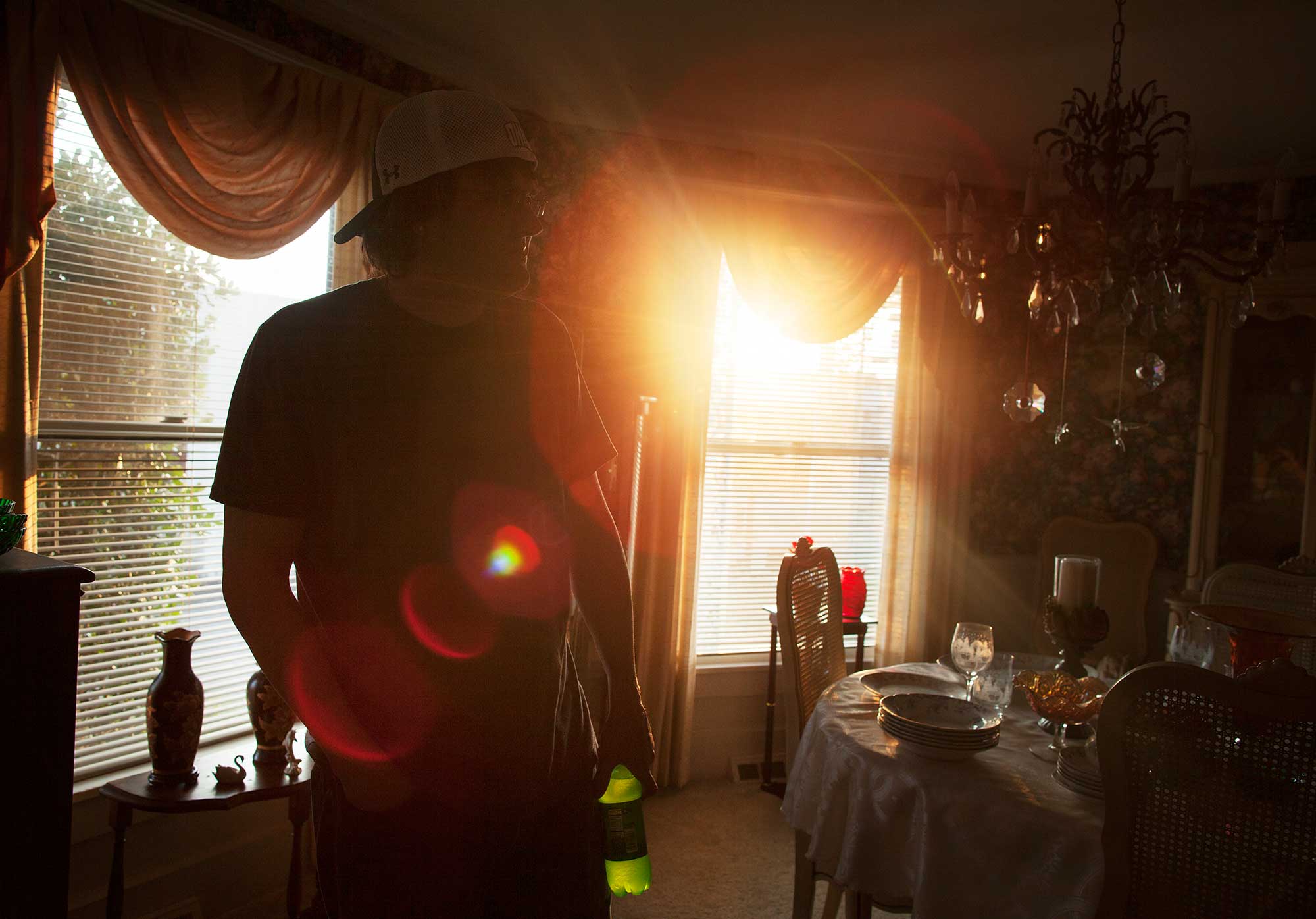
Allie stands in her brother's living room in Wellston, Ohio. She says she remains hopeful that her decision to transition genders will ease decades of psychological pain she has endured as a result of being born the wrong gender.
Knowing that their marriage was probably over, but hoping that they could stay friends, she told her wife on the way to the movies.
“Once you come out,” Allie says, “you just sit there and I was just waiting for her to tell me which path I was going to go down.”
At first, it seemed as though Amanda could—and would—be on board with the transition. The two would go clothes shopping, and Amanda even accompanied her husband to purchase makeup.
All the while, Shane told Amanda, “You’re in control of it. Any time you aren’t cool with it, just let me know and I will squash the whole thing.”
The End
It happened unexpectedly.
The day before, the couple had gone together to a Memorial Day barbeque. After getting the green light from her wife, Allie had donned women’s garb and makeup for the cookout, the first time she was ever “fully out” as her true self—not shrouded behind the character of Shane.
The next day, Amanda went solo to a barbeque at her parents’ house. Allie stayed home, noting that Amanda’s conservative parents wanted nothing to do with her since she had come out.
“I can’t do this,” Amanda said when she returned home
“OK. It’s fine. I’ll stop,” Allie answered.
“No. I want a divorce. Because I know what you are. I just can’t do it.”
Once Amanda filed for divorce, she moved out and changed her phone number. Allie has not seen or heard from her since.
Hope
“If I could go back, I would go back to right before I came out to Amanda and punch myself in the face,” Allie says. “Because no matter how happy I’m going to be with myself, it’s not gonna equate to how happy I was with Amanda.”
By telling her wife that she was not Shane, Allie took a gamble. She knew that their marriage was probably over. She never thought the connection would cease to exist, that the friendship would disappear. That she would have no way to even contact the person she still loves most in the world.
But she hasn’t given up hope.
“One day I am going to get that Facebook poke [from Amanda],” Allie says. “There could be a zombie apocalypse outside, and the anti-Christ raining fire from the sky, and that one Facebook poke would just turn everything into a giant rainbow full of unicorns and happiness.”
In the meantime, Allie has committed herself to focusing completely on her transition and not worrying so much about the rest of the world.
“Because the world sucks anyhow.”
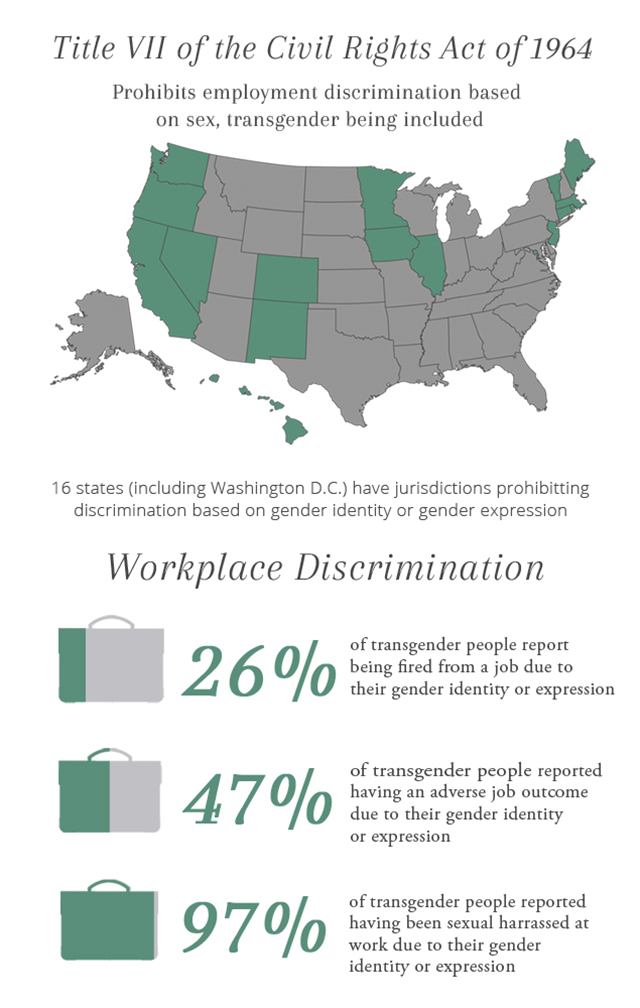
Transgender Life
For Allie, becoming “full-time female” means appearance, mannerisms and makeup. It’s finally getting rid of Shane all together and embracing Allie a lot more.
But it really just means finally feeling comfortable and happy in her own body.
The term transgender encompasses anyone who does not identify with the gender that was assigned to them at birth, says Virginia Martin, the project coordinator at Ohio University’s LGBT Center. Under this “umbrella” is anyone who does not fit within traditional societal gender binary norms—transsexual people who go through with a degree of sexual reassignment surgeries, drag queens, the “gender queer,” cross dressers, those that identify within that continuum who may or may not decide to take hormones.
“So being transgender, there’s definitely not one definition,” Martin says. “It’s all about self-identity and how to express that.”
So in the trans community, pronouns are just as concrete as they are in the rest of society. Martin spouts the basic rule: Respect names and pronouns. Call people what they want to be called, whether it be “he”, “she”, or “they.”
Asking people what pronoun they prefer is “totally appropriate.”
Asking intimate questions like what their genitals look like, how they have sex and what their relationships are like is not.
Above all, remember that gender is malleable for some, a spectrum, she said.
The Spectrum
Jesper Beckholt is an Ohio University junior dual majoring in English and Women and Gender Studies, the Educational Assistant at the LGBT Center, as well as a self-described “artist” and “dork.”
Also, identifying as “gender queer,” they prefer gender-neutral pronouns, like “they” and “them”.
“I’m not a man or a woman,” Jesper says. “I am something outside of that binary.”
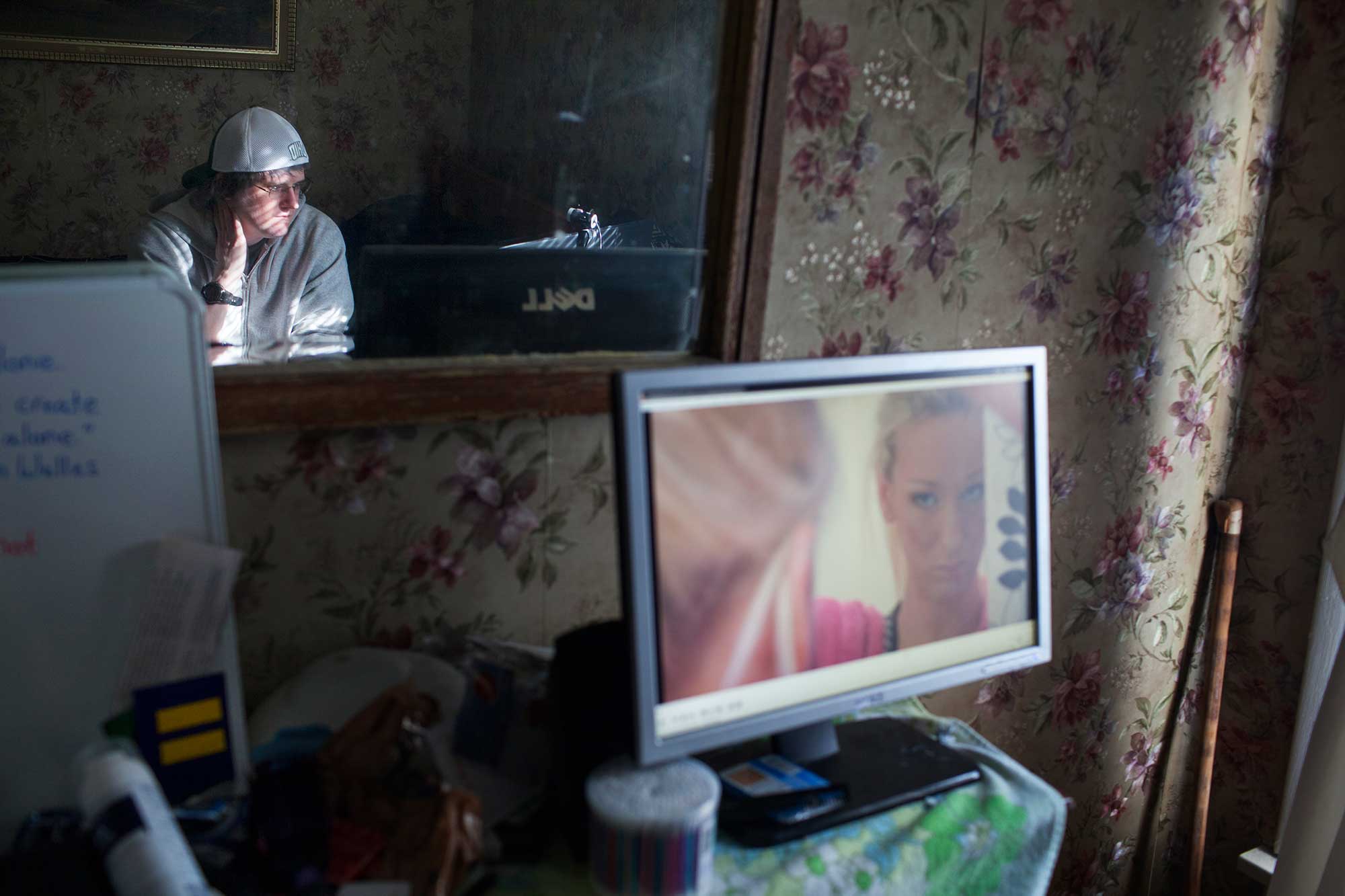
Allie Browning watches "My Transsexual Summer," a British documentary on people who are in the process of transitioning genders. Allie came out as transgendered a year ago, and has been preparing to transition genders from male to female.
For Jesper, fully embracing their identity as gender queer since coming to college has alleviated the pressure of trying to be a woman when they weren’t one, made them a lot more comfortable with who they are and how people see them, know who they are and affirming that their gender is more complicated than they initially thought.
“Especially through middle school and high school, you’re already dealing with pressures of how to conform and fit in,” Jesper says. “But for me I was trying really hard to be traditionally feminine straight girl, and I’m not a girl, I’m not straight, and I’m feminine, but in a different way.”
During the period before coming out, Jesper started figuring out their gender identity, they went through a “pretty stressful” period, feeling “really scared” and “freaking out,” thinking,Will I be OK? Does this just make me a freak or weird?
“But now I feel pretty good about it,” Jesper says.
“Full-time Female”
“Ten years from now I’ll probably have taken so many hormones, I will probably turn into a vagina,” Allie says.
For transgender people embarking on any level of sexual reassignment, no two situations look the same.
Some have “top surgery” to add or remove breasts. Trans men may take testosterone while trans women can opt for Estrogen. Both have the option to undergo the “extremely expensive” procedure of bottom surgery, Martin says. Some have their Adam’s apple shaved, or have facial reconstruction surgery to look more masculine or more feminine. The list goes on.
Now, Allie is focused on having hormone therapy, facial feminization surgery and breast implants make up her transition. But she’s not interested in a full sexual reassignment surgery—a point of contention within the transgender community.
“[Some say], ‘That one person over there is not really trans, because they don’t want the surgery’,” Allie says. “And for the longest time I thought about that. I was like, ‘What am I? If I’m not trans, what am I?’ And then I stopped listening to people and thought, What do I want?”
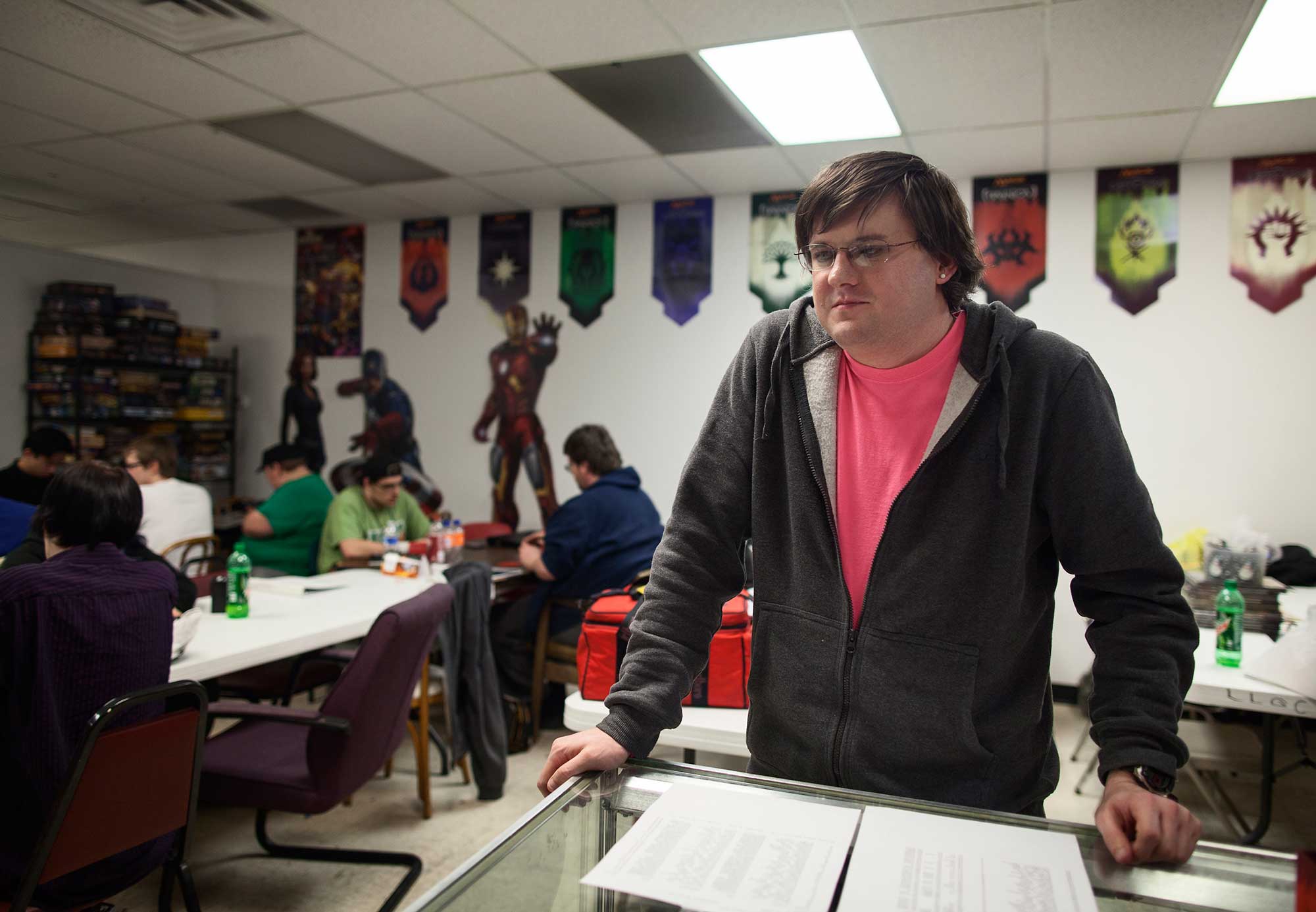
Playing Magic: The Gathering is one of Allie's hobbies, and a means to get out of Wellston and mix with people that she finds to be generally more accepting of her.
Despite her unwavering dedication to her transition, Allie realizes the implication of giving up her male privilege. Deliberately going from straight white male to pansexual trans woman will force her to relinquish her hold on the approval with which society once afforded her.
Martin categorizes “saying goodbye to male privilege” as the inevitable advent of sexual harassment, being afraid to walk home alone at night, and the realization of being a target.
And she will be introduced to beauty culture.
“Looking perfect and achieving that perfect idea of womanhood can be kind of overwhelming when you haven’t had to deal with that every single day of your life,” Martin explains. “Learning how to walk, learning how to talk, learning how to not take up space. Women have to navigate the world in a very different way than men do.”
At this point, that side of the transition for Allie has been canvassing YouTube and Google to learn about living as a woman. Even though she’s “still going to be a T-shirt and jeans girl,” she needs to learn how to wear makeup, how to dress, how to “hide certain things.”
Despite the societal pressure and physical challenges, presenting as Allie fulltime will allow her to express her true self. But the change is aesthetic. She will look different. She will have different mannerisms. But, she says, she will be the same person who would help out a stranger, no questions asked.
As for the other trans people?
“ We aren't pariahs, we aren't murderers, we aren't anything other than people that kind of got a bad draw when it came to genetics."



